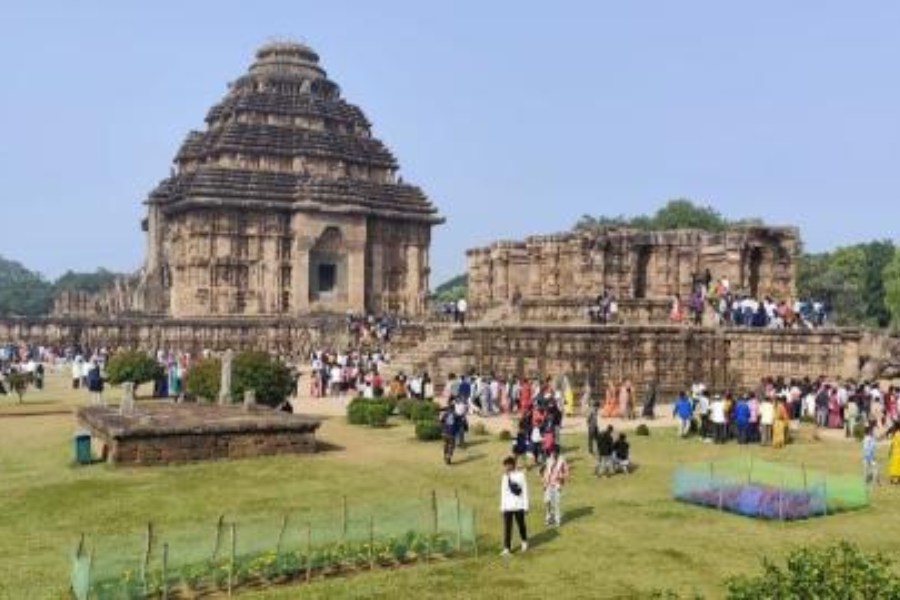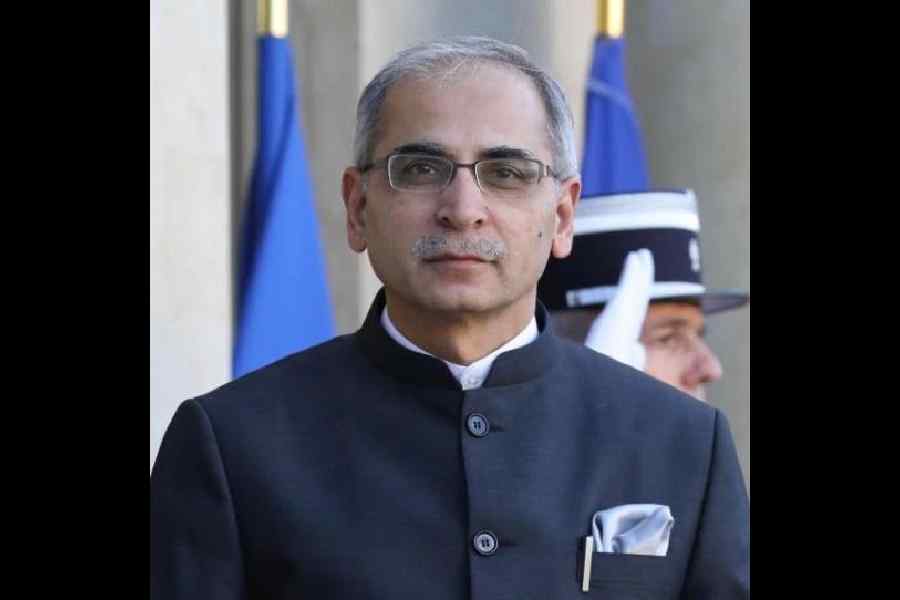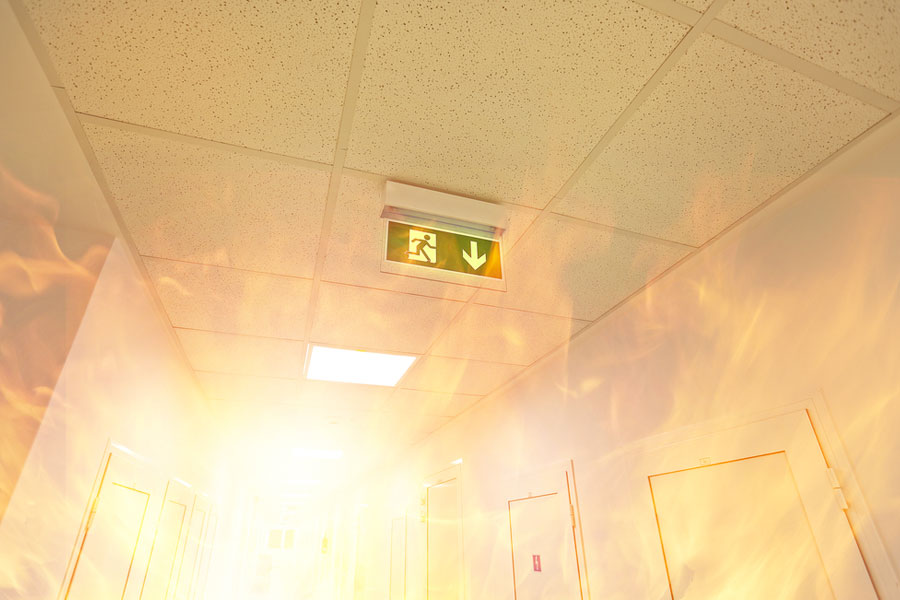Fear of collapse of the 13th century Sun Temple at Konark has forced the Archaeological Survey of India (ASI) to delay its decision to remove the sand from the temple’s assembly hall, official sources said.
Although the decision was made to evacuate the sand from the temple, known as Black Pagoda, located near the Bay of Bengal, three years ago, no work has been done to that effect so far.
The delay in the evacuation of sand from the Jagmohan or the assembly hall has already caused a lot of damage to the closed structures inside it. Indian National Trust for Art and Cultural Heritage (INTACH), Odisha chapter, has asked the Odisha government to initiate a discussion with the ASI and ensure that the sand is evacuated from Jagmohan. Between 1900 and 1903, the British filled Jagmohan and closed all the doors with sand to prevent the Sun Temple from collapsing.
“An endoscopy of the temple by putting a camera inside the sanctum sanctorum from the top through grilling of the structure was done. The sand was settled and subsided by 17 feet. It needs to be topped with the new sand by evacuating the 100-year-old sand. But who will bell the cat? The temple is associated with the feelings of the crores of people. It’s attached to the Odia Asmita (Odia Pride). If during the removal of the sand, the structure collapses, the critic will term you as the Kalapahada, or if it turns out to be a success, people will equate you as Dharmapada,” said a senior official of ASI.
Kalapahada is a historical character who had attacked the temple in Odisha and did not even spare the Puri Jagannath Temple in 1568. Dharmapada was the 12-year-old boy who put the crown on the temple of Konark and later jumped into the sea so that the 1200 sculptors involved in the work be saved from the wrath of the then king. The king did not know that a little boy was able to put the crown whereas the sculptors failed.
State convenor, INTACH and former director general of police, AB Tripathy told The Telegraph: “The evacuation of sand from the Sun Temple is very much an issue for us. I have already sought an appointment with the culture minister to this effect. The decision to evacuate the sand was taken during an international conference in 2010 while carrying an assessment on structural stability. Later in 2020, the then Union tourism minister Prahlad Singh Patel came and announced categorically that the sand would be evacuated.”
He added: “But for strange reasons, no progress has been made to this effect. The sand inside the Jagmohan has already subsided and the lateral thrust on the structural walls is a matter of concern.”
The Sun Temple at Konark was buried in dunes up to a good height till 1902-03, when the British engineers started the conservation works.
“After the sand was removed, an access was created to the core, the hall side of the Jagmohan. The four columns at 1/4th points had collapsed. The iron beams connecting the four columns serially had fallen down and the stones from the roofs supported by the columns were strewn all over the floor. Though the sloped roof was standing, stones were falling from the inner side, affecting the geometry of the sloped plates. At this point of time, the conservation measures to handle such a situation were non-existent. Therefore, the engineers had no option but to inscribe dry rubble masonry, and then the core was filled up with sand, first from the sides and then from the top,” said a senior official.
“Without this measure, more stones would have fallen from the core and the temple might have collapsed. However, access to the core has been lost from 1906 onwards. Today, conservation is possible only if this temple remains stable after the sand and the masonry walls are taken out, which is a very risky proposition,” officials said.
Superintending archaeologist, ASI, DB Garnayak said: “We are ready for it. The platform has been erected around the temple, and all the required studies, including the laser inspection, have been done. The higher authorities will take a call on this issue.”











